

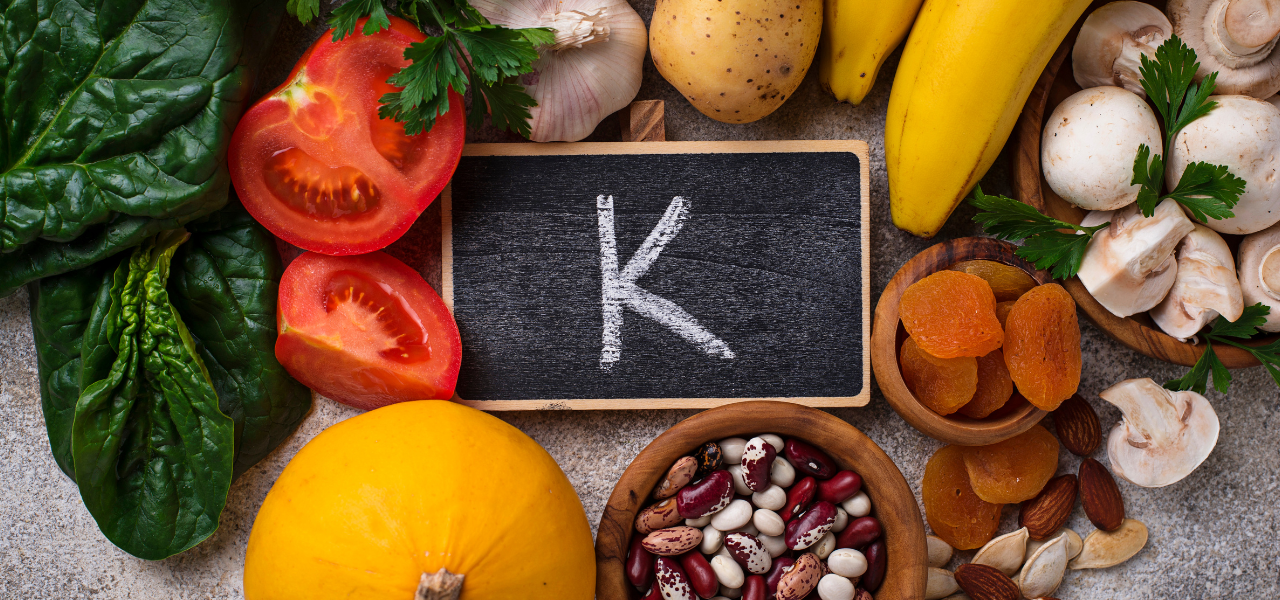
Potassium is a common mineral found in many foods, but too much or too little can lead to issues. A high level of potassium in your blood can cause trouble with your kidneys, and there might be other reasons to consider a low-potassium diet too. This article will explore these reasons and more as we explore everything one should know about this therapeutic diet.
What is Potassium?
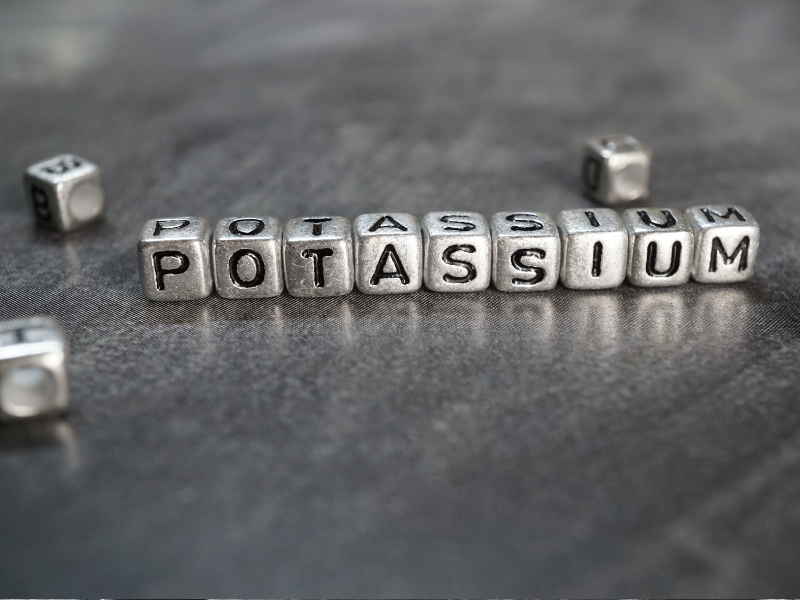
Potassium is an essential mineral that can be found in most food groups and it plays a key role in maintaining stable blood pressure and heart function. The amount of potassium found in your bloodstream depends on your daily diet, and the kidney manages the potassium levels in your body. Consuming high potassium food can significantly impact your blood potassium levels, especially if you have kidney issues [1].
How Much Potassium is Safe to Consume?
When someone is suffering from chronic kidney disease, the kidneys will find it difficult to regulate the potassium levels, which will get accumulated. This results in a dangerous condition called hyperkalemia, which will lead to heart and muscle problems. When this occurs, it is essential to consult with your physician to know what your recommended potassium intake must be, as it needs to be reduced. For the general individual, around 2,000-3,000 mg of potassium is determined as safe to consume [1].
You may also like:
OMAD Diet: Is it Safe and Effective?
Is Matcha Good for You? Top Health Benefits Explained
Guidelines for the Low Potassium Diet
Before you take on the low-potassium diet, here are some things to keep in mind that’ll help you with this lifestyle change:
Check food labels
Look for items that contain no more than 100 mg of potassium per serving.
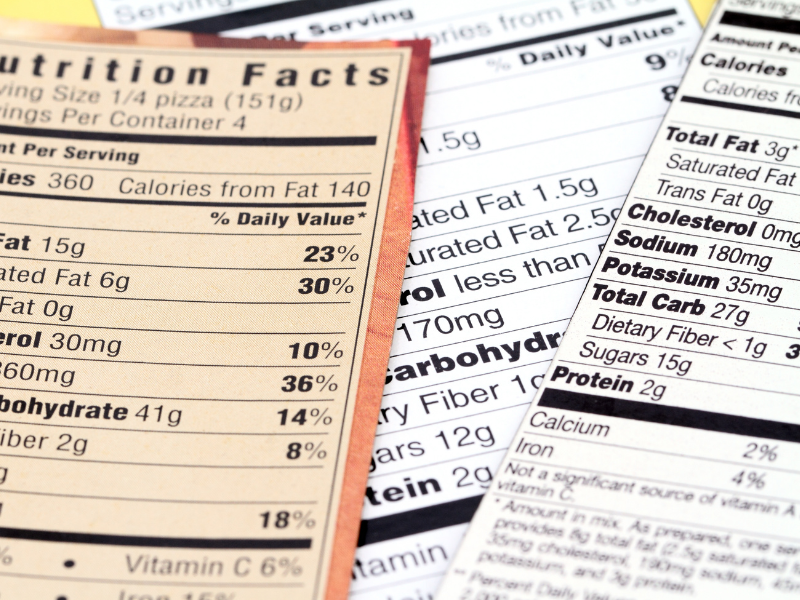
Keep a food list
It may take time to remember which foods are high or low in potassium. Ask your doctor for a guide to help with grocery shopping and meal choices.
Modify cooking methods
Boiling vegetables can reduce their potassium content. Blanching, which involves briefly boiling and then rinsing, is another effective technique. Additionally, certain foods, particularly canned goods, can leach potassium into liquids, so it’s important to rinse or discard the juice from these products.
Avoid potassium-rich liquids
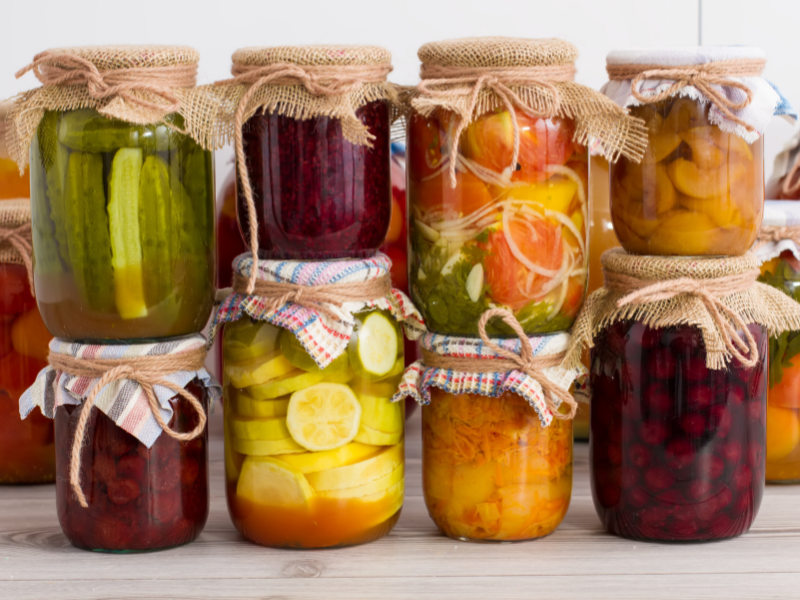
The juices from canned vegetables, fruits, and cooked meats contain high levels of potassium and should be discarded, as they are considered high potassium drinks.
Skip potassium-based salt substitutes
Many low-sodium or “salt alternative” products contain potassium. Instead, season your food with herbs and spices
Control portion sizes
Eating large amounts of even low-potassium foods can increase your intake beyond recommended levels. A portion of chicken, for example, should be about the size of your palm.
Explore more healthy diets:
Lectin-Free Diet: What Is It and Does It Work?
Detox Diet: A 3-Day Cleanse [Free PDF]
Who is the Low-Potassium Diet Recommended For?
For those with the following condition, it’s best to consider a potassium restricted diet for their health [2]:
- Liver disease, as any dysfunction with this organ can alter the potassium metabolism in your body
- Type 1 diabetes for blood sugar issues that can affect regulating potassium
- Diseases affecting the kidney, since it can’t filter the excess potassium in the body
- Congestive heart failure because certain heart medications will increase potassium levels
- Adrenal insufficiency, also known as Addison’s disease, which can cause hormonal imbalances that affect potassium levels
- If you’re already suffering from hyperkalemia, which is the result of increased potassium levels and causes irregular heartbeat and nervous system issues.
Additionally, eating foods high in cholesterol and total fat can exacerbate health issues for individuals with kidney disease, so it’s important to make healthier dietary choices.
Foods to Limit or Avoid on a Low-Potassium Diet
Here are some of the foods with too much potassium you can take care to limit or avoid if you’re choosing to take on this diet:
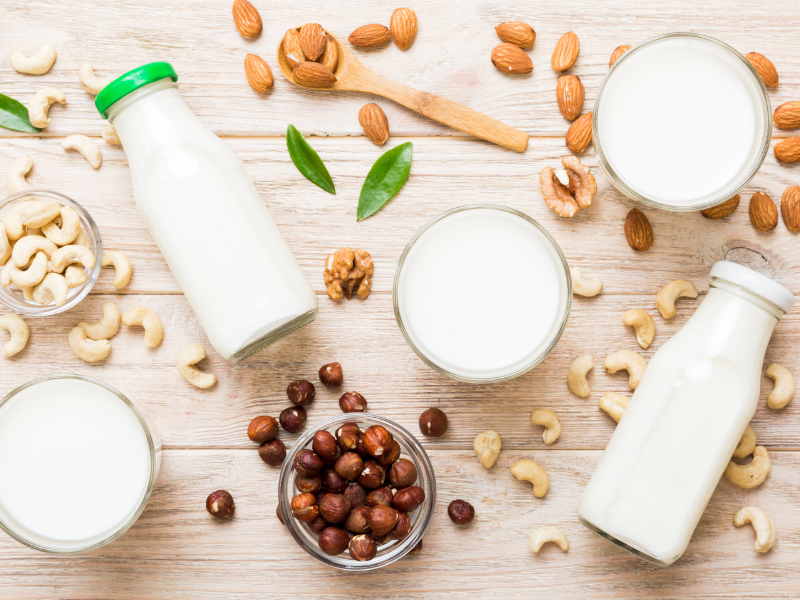
Fruits:
- Bananas, kiwis, mangoes, nectarines, apricots
- Cantaloupe, honeydew melon, papaya, pomegranate
- Oranges, prunes, raisins, dried fruits
Vegetables:
- Avocado, artichoke, beets, Brussels sprouts, kohlrabi
- Lentils, okra, parsnips, potatoes (white & sweet), rutabagas
- Spinach (cooked), squash (acorn, butternut, Hubbard)
- Tomatoes, tomato sauce, vegetable juice
Dairy & Protein:
- Milk (all types), yogurt, cheese
- Tofu, miso, peanut butter, nuts, seeds
- Clams, lobster, salmon, sardines, scallops, ground beef
Beverages:
- Coffee (over 8 oz)
- Orange juice, pomegranate juice, prune juice
- Sports drinks, soy milk, malted milk, milkshakes
Low Potassium Foods to Include in Your Diet
The following foods are those that we encourage you to include in your diet, from low potassium fruits and vegetables to grains and snacks. You have plenty of options! Incorporating low potassium food into your diet can help you maintain a balanced and kidney-friendly meal plan:
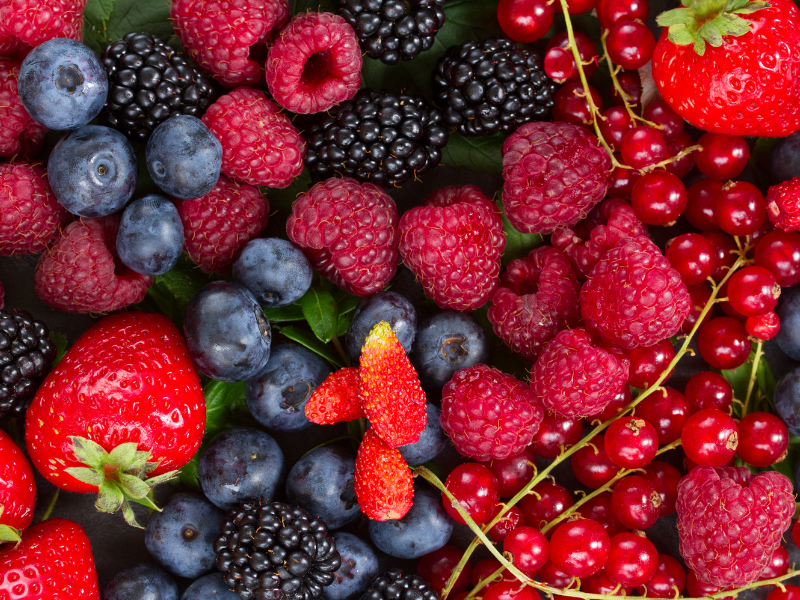
Fruits
- Apples, applesauce, peaches, pears, plums
- Blackberries, blueberries, cranberries, raspberries, strawberries
- Grapes, mandarin oranges, pineapple, and canned fruits minus the liquid
Vegetables
- Cucumbers, bell peppers, carrots (cooked), celery (1 stalk)
- Cabbage, cauliflower, kale, lettuce, onions, parsley, radish, watercress
- Green beans, wax beans, peas (green), corn (½ ear on the cob)
- Asparagus (6 raw spears), broccoli (raw or frozen), eggplant, yellow squash, zucchini
- White mushrooms (raw), water chestnuts
Protein Sources
- Chicken, fish, eggs (in moderation)
Grains & Snacks
- White bread, rice, pasta, noodles
- Angel food cake, yellow cake, cookies (without nuts or chocolate)
- Pies (except those made with chocolate or high-potassium fruits)
Low-Potassium Drinks
- Fruit juices like apple juice, grape juice, pineapple juice
- Coffee (less than 8 oz), tea (less than 16 oz)
Learn more about other food groups:
Japanese Sweet Potato: A Delicious and Nutritious Addition to Your Daily Diet
Avocado Side Effects: 8 Things You Should Know
Conclusion
For maintaining your kidney health if you’re suffering from any of the conditions listed in the article, we highly recommend following the potassium restricted diet. Of course, make sure to follow the advice of your medical professional before taking any steps! For more diet and exercise tips that can change your lifestyle, check out the JustFit app!
What can you eat on a low-potassium diet?
Are eggs OK on a low-potassium diet?
How do you feel when your potassium is too high?
U.S. Department of Health and Human Services. (2021, March 22). Office of dietary supplements - potassium. NIH Office of Dietary Supplements. Available at: https://ods.od.nih.gov/factsheets/Potassium-Consumer/
Harvard School of Public Health. (2024c, November 6). Potassium. The Nutrition Source. Available at: https://nutritionsource.hsph.harvard.edu/potassium/





